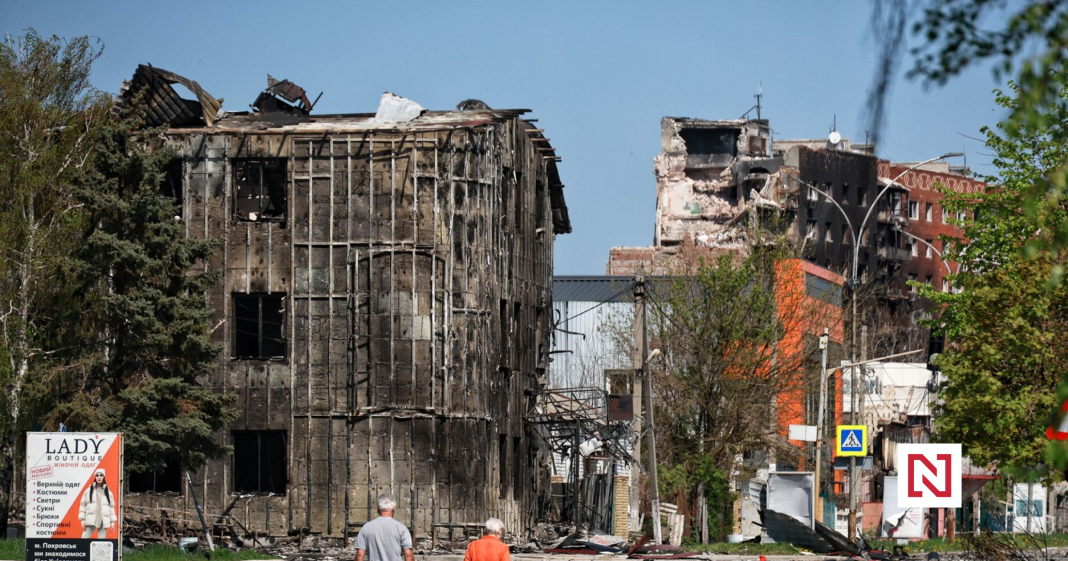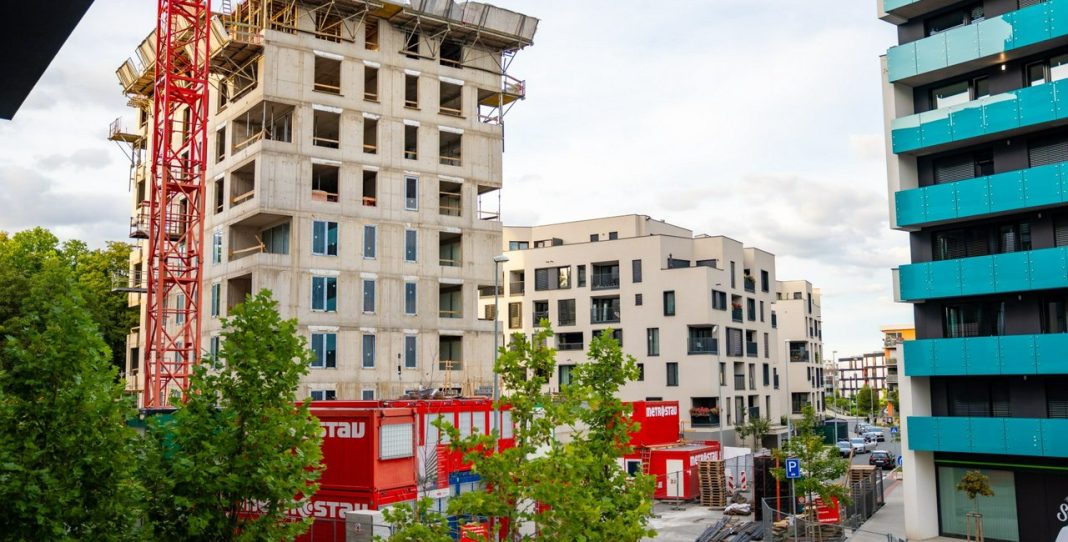As the conflict intensifies in Ukraine, the city of Pokrovsk finds itself echoing historical battles reminiscent of Kursk, raising deep concerns about its future and the humanitarian impacts on its residents. While soldiers on the frontlines describe a city struggling to maintain its identity amidst chaos, military leadership presents a different narrative.
The Frontline Perspective

Those fighting in Pokrovsk compare their current situation to the infamous Battle of Kursk during World War II, where massive tank battles and intense fighting defined the struggle. Soldiers describe a transformed urban landscape, scarred by ongoing military engagements and dotted with fortifications. For them, Pokrovsk is a city enduring continuous trials, where the civilian populace faces challenges reminiscent of war-torn regions from history.
Local military personnel emphasize the resilience of the city’s residents and their determination to continue their lives amid encroaching conflict. For them, each day represents a new hurdle, as basic services crumble and the sound of conflict inches closer to civilian areas. Simultaneously, they express pride in their resistance efforts, drawing strength from collective memories and shared experiences.
Official Statements

In stark contrast, commanding officers and official spokespeople offer a more optimistic outlook. According to military leadership, strategic efforts are underway to stabilize the situation in Pokrovsk and prevent further degradation into a lost city. Their vision involves revitalizing vital infrastructure and ensuring the safety and well-being of the population.
Officials argue that despite ongoing challenges, significant progress is being made to support military operations while also prioritizing humanitarian aid. This dual focus, they claim, is crucial to maintaining morale both on the front lines and within the civilian community.
The Humanitarian Crisis

The intensifying conflict in Pokrovsk has precipitated a significant humanitarian crisis. Many residents face critical shortages of food, water, and medical supplies, exacerbating the already harsh living conditions. Aid organizations are striving to bridge these gaps, yet access remains inconsistent due to continued skirmishes and logistical hurdles.
Local NGOs and international relief agencies are calling for increased support and intervention from the global community. Their plea underscores the dire need for coordinated efforts to alleviate suffering and ensure that aid reaches all who require it promptly.
The City’s Future

The future of Pokrovsk is uncertain, with stakeholders harboring hopes for peace and stability against a backdrop of conflict. Urban planners and city officials cautiously optimistic about post-conflict reconstruction efforts assess the potential for rebuilding and rehabilitation. Their plans include comprehensive strategies to repair infrastructure and revive the local economy.
Despite these ambitious plans, the path to recovery is fraught with challenges. The commitment of international partners and continued collaboration will be essential in transforming these visions into reality, ensuring the city emerges from conflict stronger and more resilient.
In conclusion, Pokrovsk stands at a crossroads between potential renewal and ongoing strife. The narratives of those within its borders, spanning soldiers to civilians, reflect the complex reality of living in a city on the edge. As both military efforts and humanitarian aid continue, the global community watches closely, holding its breath for an eventual resolution.





